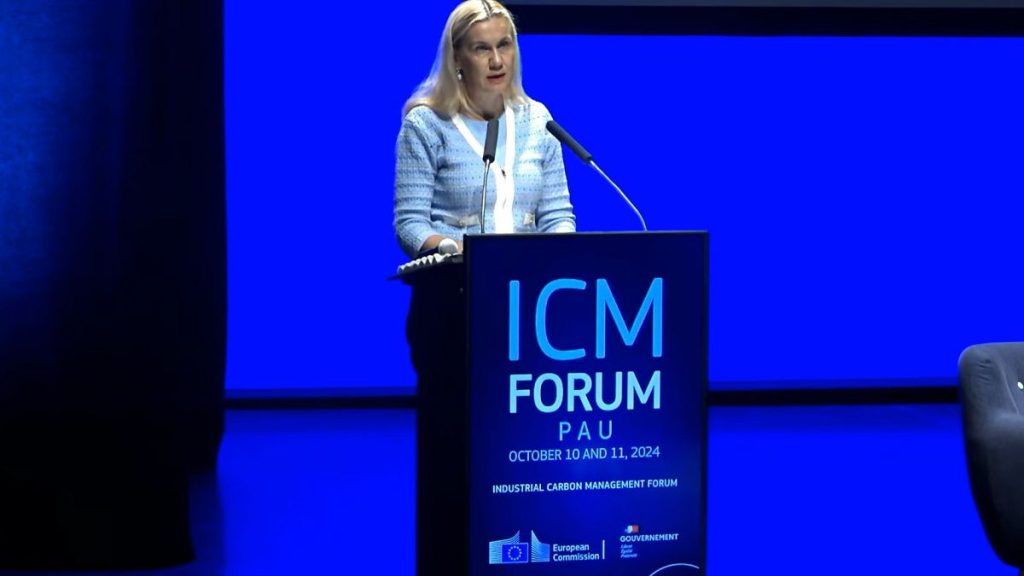The European Union (EU) recently held a two-day summit in Pau, France to discuss carbon capture and storage (CCS) as a potential solution for reducing atmospheric CO2 levels. However, environmental groups are skeptical of the technology’s effectiveness, citing past failures and the high costs associated with CCS projects. A report released by the Institute for Energy Economics and Financial Analysis (IEEFA) revealed that upcoming projects in Europe could cost up to €520 billion and require €140 billion in government support. Despite these concerns, EU Energy Commissioner Kadri Simson emphasized the importance of CCS in achieving the EU’s net-zero emissions goal by 2050.
The EU plans to increase CO2 storage capacity to 50 million tonnes by 2030, 280 million tonnes a decade later, and 450 million tonnes by mid-century. While some operational projects like Norway’s Sleipner and Snohvit projects have been successful in capturing and storing CO2, critics argue that the technology will not be able to deliver on the scale needed to significantly impact climate change. The European Commission announced that it sees CCS as a crucial component of its climate strategy, with storage playing a major role in achieving the 2050 emissions targets alongside renewable energy and energy efficiency measures.
Despite the push for CCS from industry representatives and some EU officials, challenges remain in terms of funding, investment decisions, and government compliance. The EU has passed legislation mandating that oil and gas companies develop storage facilities capable of storing 50 million tonnes of CO2 annually by 2030. However, progress has been slow, with only a few member states providing the required data to the Commission and no final investment decisions being made in countries such as Germany, Greece, and Romania. This lack of action has raised concerns about the feasibility of CCS as a widespread solution to reducing greenhouse gas emissions.
In response to criticism and skepticism surrounding CCS, industry representatives and proponents of the technology argue that ongoing projects like the Northern Lights undersea storage project in Norway demonstrate progress in developing effective CO2 capture and storage solutions. However, environmental groups point to the significant subsidies already invested in CCS projects and question the continued support for a technology that has not delivered on its promises in the past. The debate around CCS continues to highlight the differing perspectives on whether the technology is a viable solution for reducing CO2 levels and mitigating climate change.
The EU is working to address the challenges facing the deployment of CCS, including the need for financial support, derisking measures, and national strategies for industrial carbon management. While some member states are supportive of CCS as part of their emissions reduction strategies, others have yet to fully comply with EU regulations and provide the necessary data required to move forward with CCS projects. The EU’s commitment to reaching its net-zero emissions goal by 2050 will likely require a combination of renewable energy, energy efficiency measures, and carbon capture and storage technologies, with ongoing discussions and debates shaping the future of climate action in Europe.


